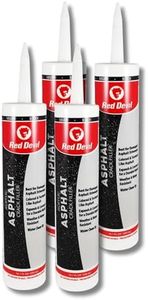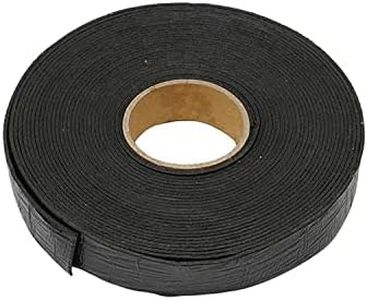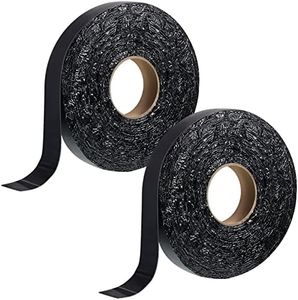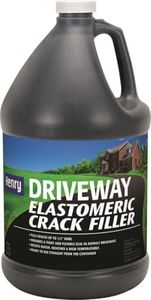We Use CookiesWe use cookies to enhance the security, performance,
functionality and for analytical and promotional activities. By continuing to browse this site you
are agreeing to our privacy policy
10 Best Asphalt Crack Fillers
From leading brands and best sellers available on the web.Buying Guide for the Best Asphalt Crack Fillers
Choosing the right asphalt crack filler is an important step in maintaining your driveway, parking lot, or any paved surface. A good crack filler prevents water from seeping in, which can cause bigger cracks or potholes. To pick the best product, you need to think about the size and type of the cracks, the weather in your area, and how much traffic the surface gets. There are different formulas and application methods, so understanding the main features helps you get a repair that lasts.Type of FillerAsphalt crack fillers come in different types including liquid pourable fillers, rubberized fillers, and asphalt emulsion fillers. The type refers to how the product is made and how it behaves once applied. Pourable fillers are easy for small cracks and home use, while rubberized fillers are flexible and suited for larger or moving cracks. Emulsion fillers are often used for bigger jobs or professional repairs. To pick the right one, think about your crack size: small hairline cracks are fine with pourable filler, but wider or shifting cracks do better with more elastic, rubberized ones.
Crack Size CompatibilityNot all fillers work for every crack size. Some fillers are made for narrow cracks (under 1/2 inch), while others are suitable for wider openings. The packaging will usually say what crack sizes the product is good for. If you use a thin formula on wide cracks, it won’t last; if you use a thick filler on small cracks, it could get messy or not penetrate. Measure your cracks before shopping, and choose a filler that matches or slightly exceeds your needs.
Drying and Curing TimeThis refers to how long it takes for the filler to set and become ready for foot or vehicle traffic. Quick-set fillers are ideal if you need to use the area soon after application, while fillers that need longer curing times may create a more durable seal. If you’re in a hurry, look for ‘fast-drying’ products. If you can wait, slower-curing formulas sometimes offer a stronger bond.
Weather ResistanceWeather resistance covers how well the crack filler holds up against rain, sun, extreme temperatures, and freezing. Some fillers are specially designed to flex with temperature changes, preventing new cracks as the asphalt expands and contracts. If you live in a place with harsh winters or strong sun, pick a UV- and freeze-resistant formula for best results.
Ease of ApplicationThis refers to how simple it is to use the product. Some fillers come in squeeze bottles or caulk tubes for easy application, while others may require mixing or special tools. If you’re a beginner, choose a product labeled as easy or ready-to-use. If you’re comfortable with more involved repairs, professional formulas may give tougher results but can be trickier to apply.
DurabilityDurability is how long the filled crack will stay sealed without needing a touch-up. Some formulas are designed for heavy-traffic areas and will last longer, while lighter-use fillers may need more frequent reapplication. If your surface gets lots of cars or trucks, or is exposed to harsh weather, look for products that highlight long-lasting performance or heavy-duty use.











